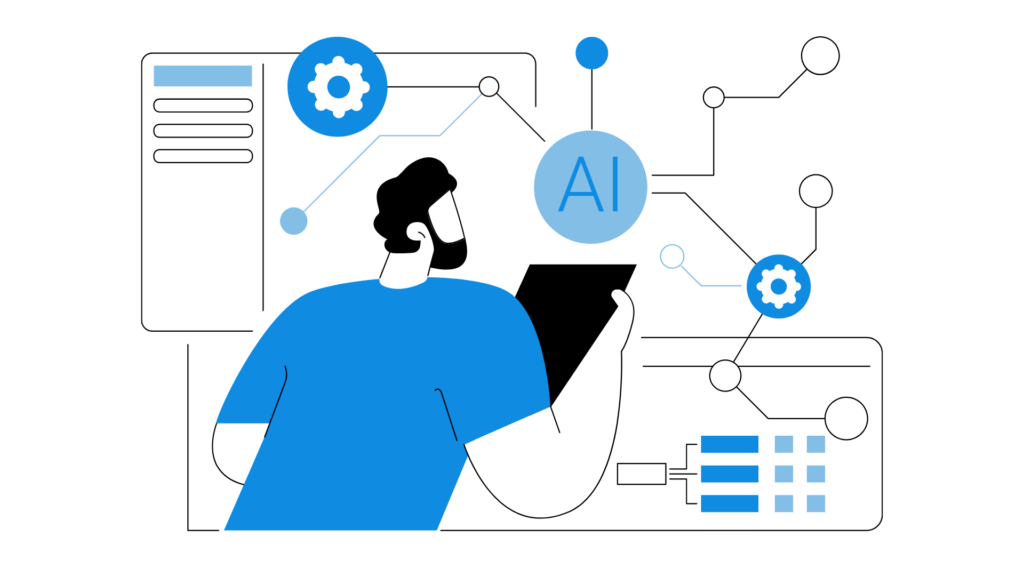

Artificial intelligence (AI) is increasingly becoming part of our day-to-day lives, reshaping both personal experiences and professional endeavours. Its applications are endless, from providing personalised recommendations that improve consumer experiences and streamline shopping to optimising workflow efficiency by automating repetitive tasks. AI’s impact extends further into enhancing decision-making processes across various sectors, leveraging vast datasets to derive insights and forecasts that were once impractical or impossible.
The transformative potential of AI across industries is profound. It not only drives operational efficiencies but also fosters innovation and unlocks new opportunities. Microsoft exemplifies this embrace of AI with Copilot, a tool designed to collaborate with users, augmenting their capabilities to solve complex problems, generate creative solutions, and improve overall productivity.
By harnessing AI through tools like Copilot, Microsoft empowers individuals and organisations to thrive in an increasingly digital and interconnected world where creativity and efficiency are key drivers of success. Copilot is not just a tool, but a companion that puts you in the driver’s seat, allowing you to make informed decisions and take control of your tasks and data.
In today’s article, we will discuss Microsoft Copilot, its benefits, and best practices for successful implementation.
Microsoft 365 Copilot combines the power of large language models (LLMs) with your data stored in the Microsoft Graph and other applications, transforming them into powerful productivity tools.
Copilot, embedded within your daily workflow across essential applications like Word, Excel, PowerPoint, Outlook, Teams, and more, Copilot acts as a collaborative assistant. It empowers users to unlock their creative potential, streamline tasks, and advance their proficiency in using these tools.
One of its standout features, the Business Chat function, utilises LLM capabilities comprehensively. By leveraging data from your calendar, emails, chats, documents, meetings, and contacts, Copilot performs tasks that were previously out of reach. For example, users can prompt Copilot with natural language queries like “Summarise today’s discussions on the product strategy,” and it will generate concise updates based on morning interactions.
Copilot ensures that users maintain complete control over their tasks and data. You can confidently decide what information to retain, modify, or discard without concerns about compromising accuracy or data integrity.
Empowered by Copilot’s capabilities, users can achieve significant enhancements across their work processes: from greater creativity in document creation with Word to conducting deeper data analysis in Excel, delivering more engaging presentations in PowerPoint, optimising scheduling and communication in Outlook, and promoting smooth collaboration within Teams.
Microsoft 365 Copilot redefines how users interact with their productivity tools by integrating advanced AI capabilities with everyday workflows, thereby improving efficiency, creativity, and overall work effectiveness.
The key challenge lies in successful implementation for organisations that have yet to integrate Copilot. Here are some recommended best practices:
By following these practices, businesses can effectively maximise Microsoft Copilot’s potential, driving productivity and efficiency improvements across diverse operational functions.

Unlock the Capabilities of Microsoft Copilot Today!
Microsoft’s Copilot stands as a testament to this transformative power, enhancing productivity through its seamless integration with everyday tools like Word, Excel, PowerPoint, Outlook, and Teams. By leveraging large language models (LLMs) and organisational data, Copilot empowers users to unlock creativity, streamline operations, and make informed decisions faster than ever before.
As businesses embrace Copilot, they harness AI’s capabilities to solve complex challenges and create a culture of innovation and collaboration. The adoption of best practices ensures that organisations effectively integrate Copilot into diverse workflows, enabling teams to tailor its functionalities to meet specific departmental needs and enhance overall efficiency.
To unlock the capabilities of Microsoft 365 Copilot, transitioning to Microsoft 365 is necessary. If you’re considering this move as part of your cloud strategy, Spanish Point is here to help. Visit our website to explore how we can support your transition to Microsoft 365.